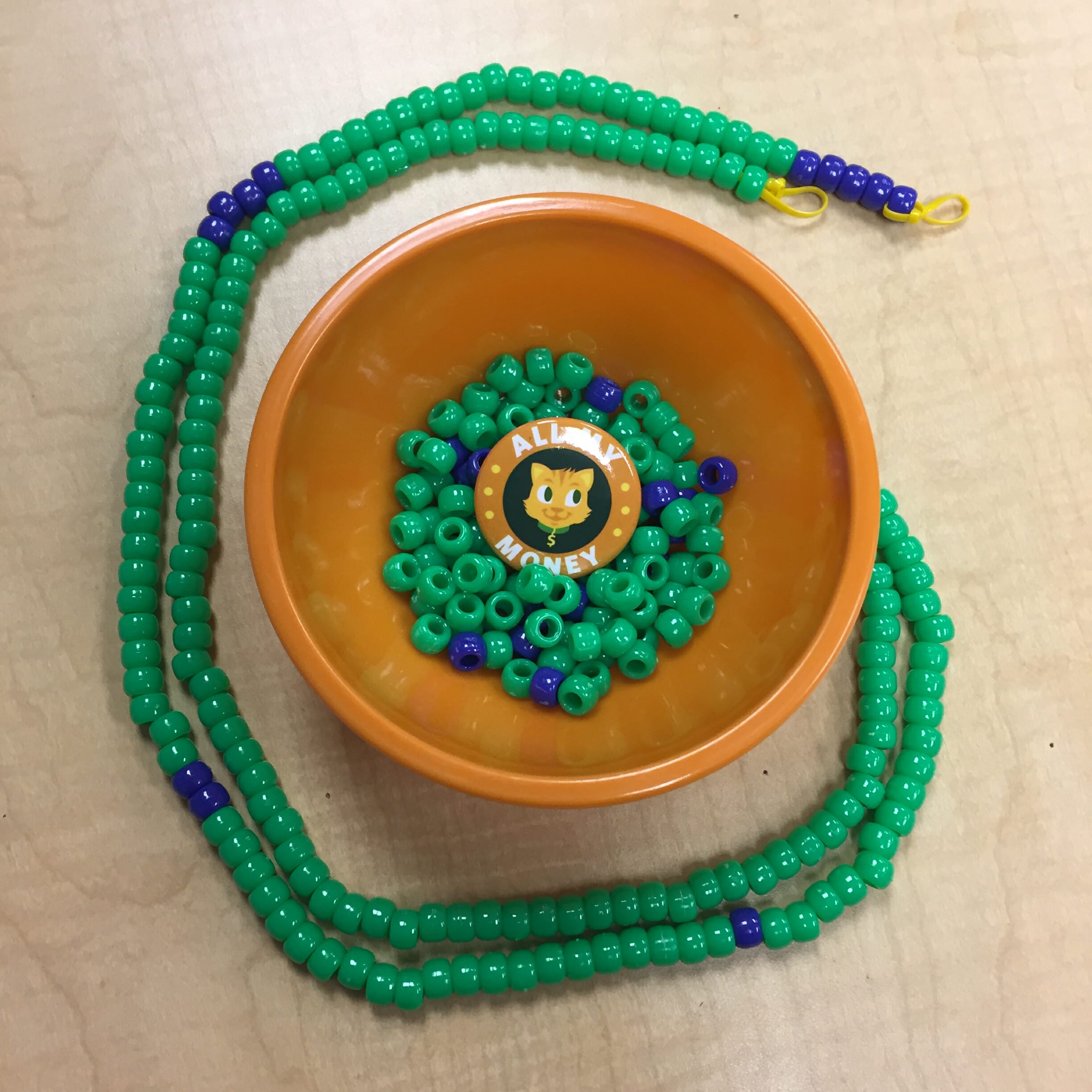When you teach financial concepts, how do you help your clients or audience understand the concept? While it’s simple to teach that 2 + 2 = 4, it can be harder to help people comprehend the time value of money, opportunity cost, or longevity as it relates to retirement planning. For people to use these concepts, we must go beyond defining the concept and help people “get” the concepts so they can act on them.
Although different people learn differently, we still typically rely on verbal education. However, translating our words to visual demonstrations is immediately rewarding. In fact, if you think back to elementary school, we learned to add 2 + 2 by using manipulatives like little blocks.
As a University of Illinois Extension educator, I typically teach people in community settings, so my audiences range from elementary students to senior citizens. I believe that all ages benefit by understanding concepts like compounding returns. (You should hear the third graders squeal in delight when they learn that they will have more money after earning a return in their savings accounts!) In the last few years, I’ve been incorporating visual examples when explaining financial concepts. No more time value of money formulas like the uniform series compound amount in my presentation notes!
So if I’m not teaching eye glazing-inducing formulas, how can the time value of money be demonstrated? Well, I’ve found that pulling out a $100 bill wakes up the audience! Then I can talk about what happens when you deposit $100 in an account that provides a compounding return. I demonstrate this by adding coins and currency (representing annual growth) on top of the $100 bill. Using 5% interest compounded annually,
- For Year 1, I place a $5 bill on top of the $100 bill;
- Year 2, $5 and a quarter;
- Year 3, $5 and two quarters and a penny (now people can see that interest was earned on last year’s interest);
- Year 4, $5.79 added; and
- Year 5, a $5 bill, $1 bill and 8 cents in change! A total of $127.63 saved.
While the money pile grows, I see people nodding as the concept starts to make sense to them.
When my colleagues and I began revising the All My Money curriculum, we were determined to make the financial concepts real to our limited-resource audience. Not being able to provide a $100 bill in each of the new All My Money: Change for the Better resource boxes, we created a new visual using pony beads instead of real money. In the story that goes along with our demonstration, Shanelle and Javier both decide to save $20 each week; however, Javier saves his money under his bed while Shanelle receives 5% return on her investment account. Well, as I’m sure you can imagine, Shanelle ends up with many more beads on her beaded string than Javier does after five years of saving. No long lectures needed to “get” this concept!
I was very excited when Dr. Ted Klontz demonstrated longevity at the AFCPE 2016 Symposium using a cloth measuring tape and a pair of scissors. A visual demonstration to take home and use with my audiences when talking about retirement planning! If you weren’t able to hear his presentation at the Symposium, it’s available on the AFCPE website.
What visuals do you currently use when teaching financial concepts? My New Year’s resolution is to create new visuals to help my audiences. I would love to hear your ideas too.
Guest Contributer: Kathy Sweedler, University of Illinois Extension Educator
sweedler@illinois.edu; (217) 333-7672

Leave a Reply